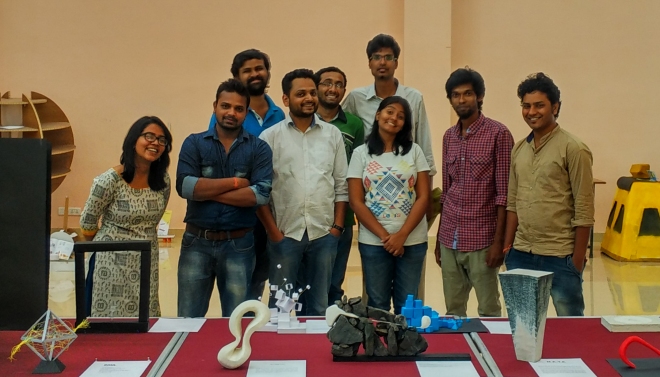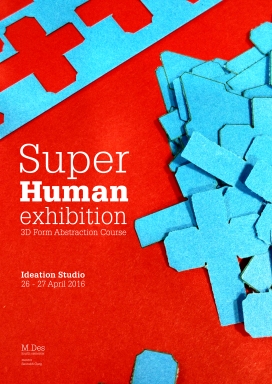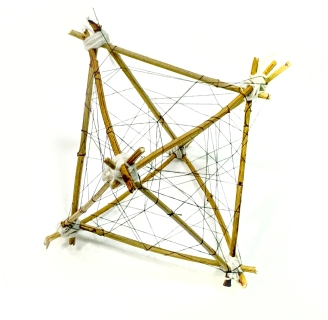


Here are few examples of what we got by the end of 3 days. In process we saw 11 students behaving like 11 super human, they became their own super human, they became their own self. And they made the forms which reflected their own emotional being.






It is not very uncommon now a days to see people using headphone/earphones almost everywhere. From travelling in metro train to working in office, from morning run to late night walk, any where there are people, there are people using headphones. What do they do with them? Answer is very simple – “Listen to music.”
Music and human are inseparable. Music is in our soul. Every tribe, culture, civilization, religion has some sort of music rooted so deep into it that it becomes almost impossible to even imagine two entities as individuals. People love music. But this in no way explains why we are using headphones so commonly and almost everywhere. This is a behavior – A behavior which is being observed globally across continents, nations, religions and cultures. This behavior is so universal that it defies the concept of cultural behavior. It has to be something more than that. Something more evolutionary, something more primal.
To understand it further, it becomes essential to understand the public spaces and how people behave in those spaces. Thence, we might be able to draw few tangents and analogies which could explain or at least show us a plausible direction for further exploration.
Our bodies have a natural way of communicating with our surroundings, and others around. Not only human, every living species communicates with there surrounding through one or the other methods. Look at the stance a dog displays when he is attacking compared to when he is being attacked. When he displays power to protect his territory, he stands with his head high, legs stretched, tail erect, ears straight up – He expands. Compared it to when he is being overpowered by other dogs. He hides his tail, presses his head into his shoulders, folds legs to protect his body – He contracts.
Similar to dogs, we human too have territorial tendencies. Though they are not as evident as they are in the wilderness. Over the period of time we have ‘evolved’ but we could never wipe these traces completely. Every individual maintains a certain ‘zone’ around his body which is his personal space and everyone is not allowed to enter. This space may measures from few inches to few meters. Any breach into this space can make the person very uncomfortable. This explains why sometimes we get too uncomfortable when someone comes too close to talk. This is the same reason which explains why people in Lifts avoid any sort of eye contact or communication (will talk about it later). This personal space varies in size from person to person and depends a lot on culture, in general, people in urban cities and metros have a smaller zone compared to people in rural setups. This is backed by the reason that metros have higher population density and hence smaller personal spaces for individuals. If we look at the way we live in metros worldwide, one factor connects them all – high population density. Every metropolitan in the world suffers from severely high population density and resource crisis. By 2011 census, Delhi population density was at alarming 12,000 people per sq. km which is has increased almost 5 times since 1900. People living in high density areas have a tendency of reducing the zone size owing to constant breach. But still, this zone is susceptible to breach every now and then. However, It is interesting to know that how we react to this discomfort caused by breach of our personal space.
Someone who has slightest of idea about human body language would know that in uncomfortable and disapproving situations we contract – crossed arms, crossed legs, tucked in neck, crouching – all these are signs of contraction we call it ‘inward’ movement. Compare this to when we are relaxed – we stretch out, phallic display , stretched out hands, exposed chest and abdomen – these are signs of expansion or so called ‘outward’ movement.
Inward movement is accompanied by blocking or shielding and diverting or distracting. A basic defense mechanism – build walls to hide or divert attention if you cant run and if nothing works – surrender – close your eyes, cover your ears, fool your brain . How we do it in socially uncomfortable setups – we create obstructions in space around us. These obstructions could be as nimble as putting your bag in your lap while traveling in public transport or placing the cup in line of communication and fiddling with spoon when sitting across coffee table. If that fails to make us little comfortable, we block outside communication. We start looking into nothingness. Our brain starts ignoring conversations. That’s what we call as “zoning out”. A very common phenomenon in office meetings – we surrender because we cant run and hide.
In public spaces which are overtly crowded, there is a constant battle for having your own space. We are in a never ending state of discomfort. Our brain is constantly absorbing so much unnecessary data from surrounding. We are always in a situation of chaos and crisis from where we can not run or hide. Our brain is tired. As a result we surrender. We look into nothingness, we fiddle with our phones. And we close our ears – most of the times with headphones!